The Future of SaaS: Trends to Watch in 2025 and Beyond
The SaaS industry continues to show strong growth and, indeed, with the rapid pace at which it is changing, the whole landscape of SaaS will continue to change in 2025 and beyond, driven by the advancement in technology, changing customer needs, and global business trends. The Future of SaaS platforms will include them increasingly being integrated with business processes to make organisations more efficient, cost-efficient, and scalable.
- May 9, 2025
- by Tarun
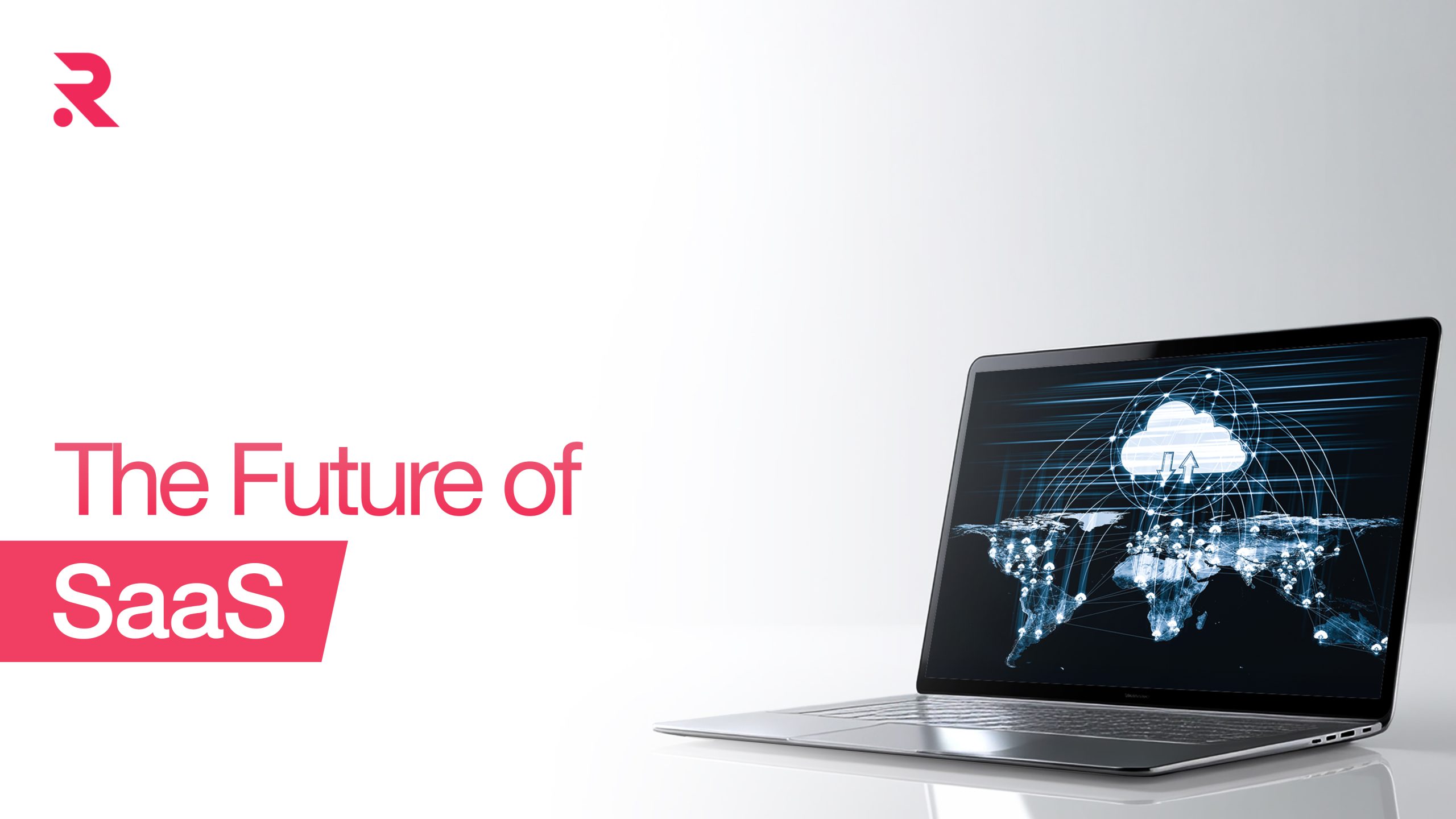
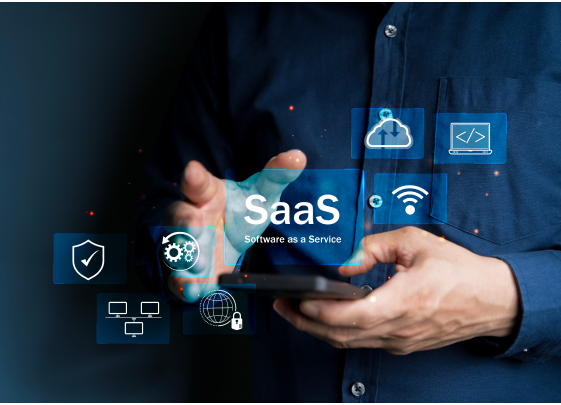
Software-as-a-Service (SaaS) has emerged as a dominant force in the technology and business sectors, fundamentally changing how companies deploy, use, and manage software. SaaS has proven to be flexible, scalable and effective in allowing the use of power tools and applications without requiring vast amounts of investment in infrastructure. The evolution of SaaS, in 2025 and beyond, will be characterised by fast-moving technology, changing customer expectations, and deeper integration of AI, ML, and data analytics in various cloud-based platforms.
SaaS applications today are engaging different industries-the healthcare industry, the finance industry, the retail industry, and education industry-by offering acceptable solutions, from project management to customer relationship management (CRM), human resources, and enterprise resource planning (ERP). The increasing transition of firms and companies from the conventional, on-premises, to SaaS software can lead again to the expansion and growth of this market.
Therefore, this would entail SaaS providers leading the charge in viewing changes in technology, consumer behaviour, and business needs. To assist companies and industry leaders prepare for the future, we’ve put together a list of what are some of the leading trends defining the future for SaaS.
The Rise of Artificial Intelligence and Automation
In the year 2025, you may find that most of the software as service (SaaS) platforms are artificial intelligence (AI) and automated. Currently, companies are gradually inserting AI into various SaaS products, and its role will become even more important moving forward.. Companies shall expect their SaaS tool more and more to automate, process huge data, and even provide predictive insights.
An AI-Powered SaaS Platform can work with huge data to identify trends, optimise workflows, and give real-time recommendations. In such cases, marketing automation platforms will use AI to recommend personalised content, and sales tools may rely on AI to predict how likely a deal is to finish with success using historical data.
As integrated with SaaS platforms, AI technology is expected not only to realise operational efficiencies, but also to be an avenue for enhanced decision making and customer experience. A majority of businesses are beginning to understand the capability of AI to create smarter and more efficient workflows. This would render SaaS companies busy developing AI products that would become part and parcel of every software.
Hyper-Personalised Customer Experiences
Given the ever-increasing expectations of customers, SaaS companies must strive to offer potentially hyper-personalised experiences to their users. In 2025, customers will not simply look for a one-size-fits-all solution. Instead, businesses will seek out platforms they can customise to their specifications—aligned with customer needs, workflows, and industry standards.
Thus, the scenario will compel SaaS companies to abandon rigid, standard offerings and gradually move toward flexible, modular. Platforms will allow customers to choose only the necessary features, thereby avoiding unnecessary complexity and feature overload. Also, SaaS providers will increasingly embed customer feedback into their products to make customer experience interfaces more intuitive, smooth, and relevant.
Personalised approaches will stretch beyond that which is exclusive to the product experience itself. They’ll use AI to assess needs precisely and go beyond traditional support to deliver immediate solutions.
Vertical SaaS Solutions
General-purpose SaaS tools have led for years, but the market is clearly shifting toward vertical SaaS. These solutions are very specific to particular industries, such as health care or retail, manufacturing, and finance.
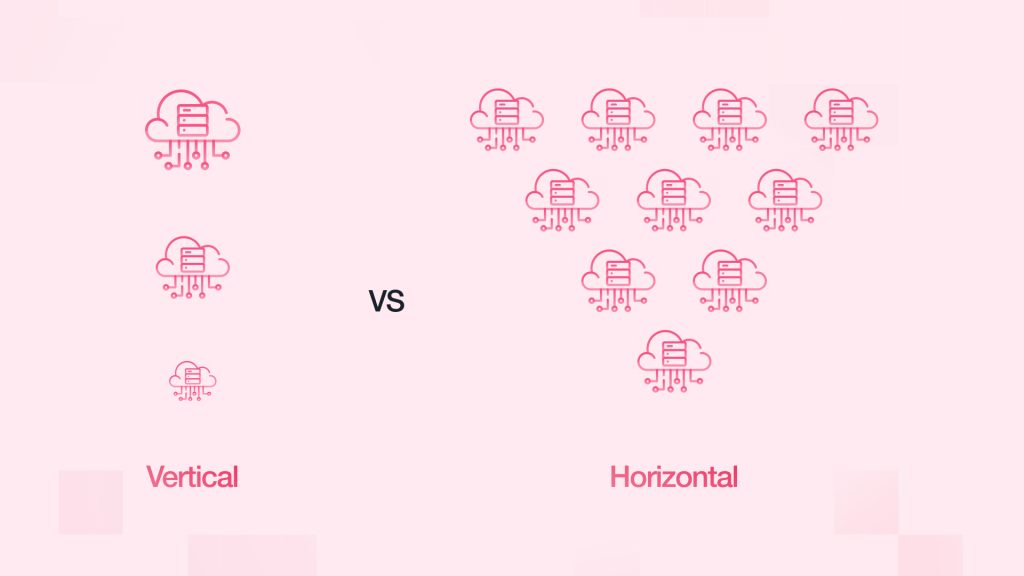
Vertical SaaS solutions can provide access for enterprises to highly specialised tools that can solve industry-specific challenges. For instance, in the healthcare field, certain platforms offer SaaS applications for enforcing rules, patient management, and telemedicine, considering what makes the industry so unique in terms of regulatory and operational needs.
Vertical SaaS will grow in 2025 as companies seek more precise, customizable solutions for their specific needs. Thus, it is even an opportunity for SaaS developers to enter new markets with very niche products.
Cloud Security and Data Privacy
As more companies adopt SaaS, security and data privacy will become increasingly critical in the coming years. With growing concerns about cyber threats and increasing demand for legal regulations on data protection, SaaS providers will proactively strengthen security measures for their users.
A significant focus will be given on encryption, two-factor authentication, and advanced backup systems this year and next. Overall, SaaS corporations need to add some sort of clear compliance with the evolving regulations such as the General Data Protection Regulation (GDPR) across Europe and similar laws from other regions. Such regulations give strict guidelines for handling data, and non-compliance can result in huge financial and reputational loss for the business.
This transformation will also see increased transparency in data practices. SaaS companies must properly disclose their data policies and security implementations to customers to instil trust and make sure that users feel secure in the knowledge that the platform does protect sensitive information.
Want to make your site more secure? Here are a few tips to secure websites from cyber attacks.
Multi-Cloud and Hybrid Cloud Strategies
As businesses adopt SaaS, they’ll transition to multi-cloud and hybrid cloud environments. This will enable them to have different cloud providers for various purposes, avoiding a single cloud vendor and allowing flexibility.
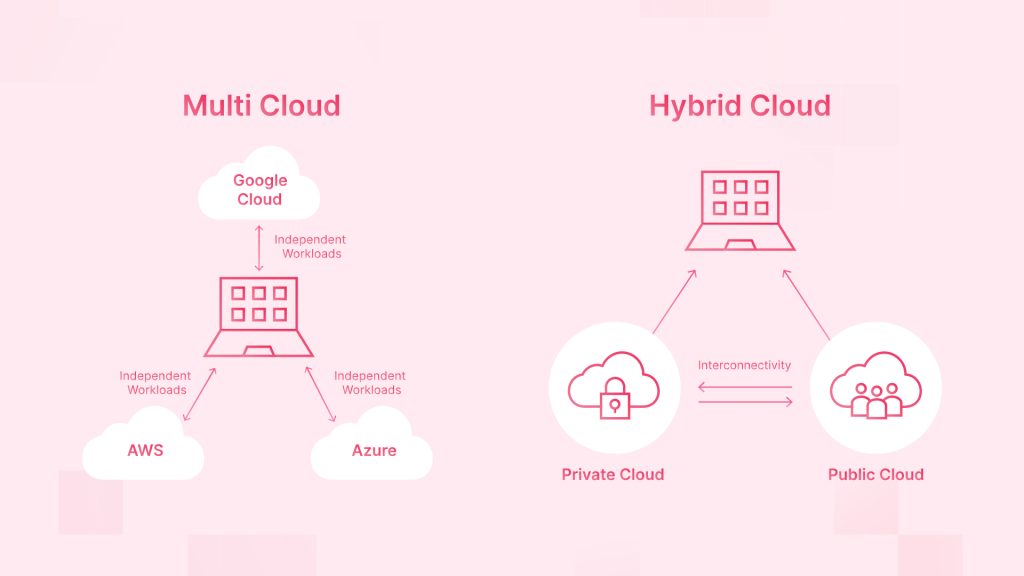
Multi-cloud is when companies utilise more than one cloud provider to deliver the best service for each aspect of their operation. A hybrid cloud strategy blends on-premises infrastructure with cloud tools to balance control and scalability.
In 2025, more organisations will be looking to adopt more multi-cloud and hybrid cloud strategies to avoid vendor lock-in, improve redundancy, and customise their environments and business applications. SaaS providers must make certain that their platforms speak with broad cloud environments to simplify how customers add services to their existing technology stacks.
No-Code and Low-Code Development Platforms
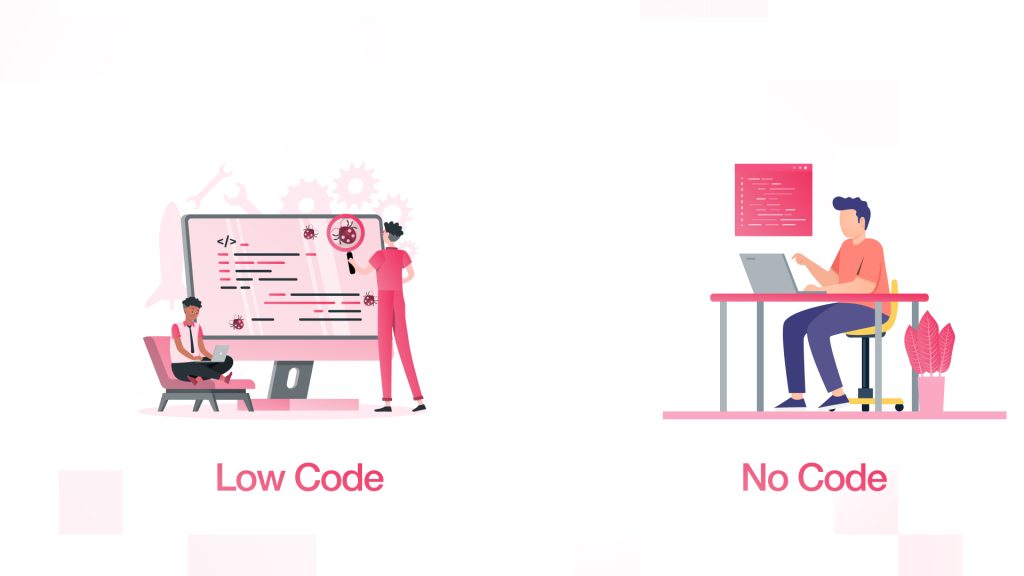
Businesses are choosing to build and customise their SaaS applications using no-code and low-code development platforms. Such platforms allow users to design and create applications without advanced technical skills. This makes it easier for non-technical teams to develop and deploy custom solutions.
The growth of the no-code-and-low-code trend will continue, as businesses try to help more employees develop and maintain their own solutions. This raising demand arises from the greater time needed to market solutions and agile development cycles. As these platforms continue to evolve, vendors are likely to offer advanced features and capabilities, allowing organisations, in turn, to build even more complex applications with no little programming skills.
Incorporating no-code-and-low-code functions in SaaS is important for SaaS vendors. Vendors boost satisfaction by letting customers customise SaaS to their needs, helping them stand out in a crowded market.
Need a Reliable Development partner to help grow your Business?
Our Experts Can Help!
Subscription Functionality and Consumption-Based Pricing
Now that SaaS applications have integrated into many business operations, users want more flexible pricing models that allow them to use the software and pay for what they consume. The consumption-based pricing models have started challenging the traditional subscription-based model where businesses pay a fixed monthly or annual price to use a service.
Customers prefer to use consumption models and pay for what part of the service they consume. This makes it the most beneficial pricing model for businesses as they only pay for the components and features that they use. SaaS vendors will increasingly adopt consumption-based pricing schemes for services like cloud storage, computing power, and data processing.
SaaS providers use tiered pricing so customers can scale services with changing consumption needs over time. It will also be possible to force Saas companies to work very hard to establish transparent pricing structures that customers can easily understand.
Integration and Interoperability
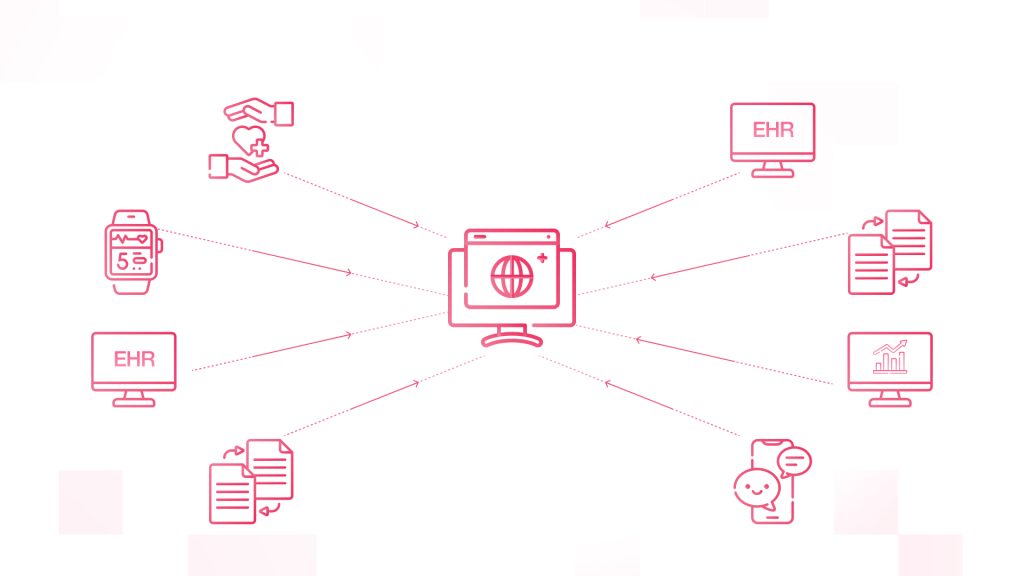
As more and more SaaS applications are developed, the need for integration and interoperability among them will become sharper. In turn, organisations will expect their various software tools-whether for accounting, HR, CRM, or project management-to seamlessly work together.
SaaS systems must provide out-of-the-box integrations with popular tools, enabling real-time data sharing in unified cloud ecosystems. This way, manual entry will drastically reduce, and error risk will be lowered in that process.
APIs, application programming interfaces, will remain the central tooling to provide integration between diverse products. Increasingly, SaaS companies will be supporting various open standards and protocols to keep their platforms operating smoothly with third-party interfaces. Companies can begin building the specific functionalities they need to run their operations efficiently, as we mentioned earlier.
Conclusion
Moving forward in 2025 and beyond, we will witness a drastic shift for all in the SaaS domain. The future will witness artificial intelligence, hyper-personalisation, and data privacy and security accompany the changes in the industry. Along with seamless integrations with other applications, the rapid growth of vertical SaaS solutions will provide direction to innovation and competition.
By staying aware of trends, businesses can align their SaaS strategies to gain a competitive edge in the market. The Saas world is full of opportunities and prospects for both vendors and users who have adopted these emerging trends.
 Shopify
Shopify

















